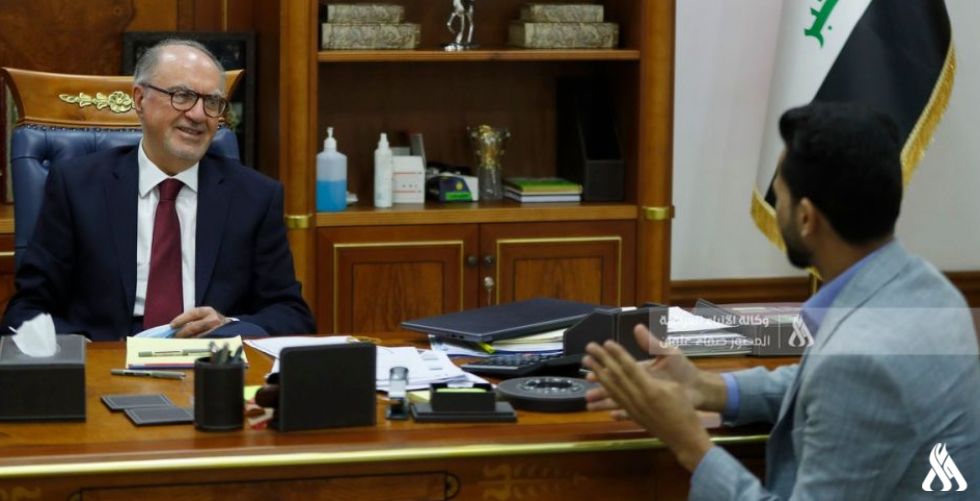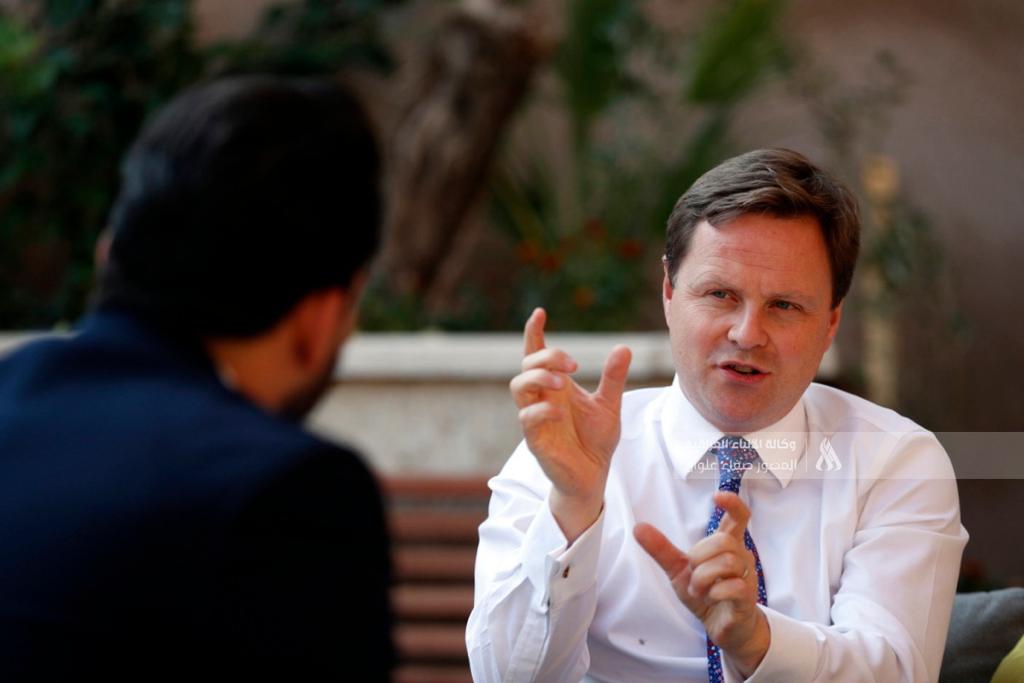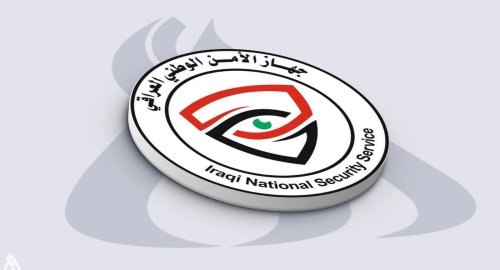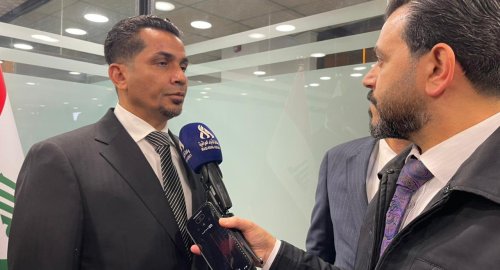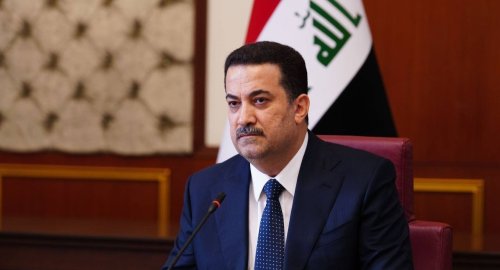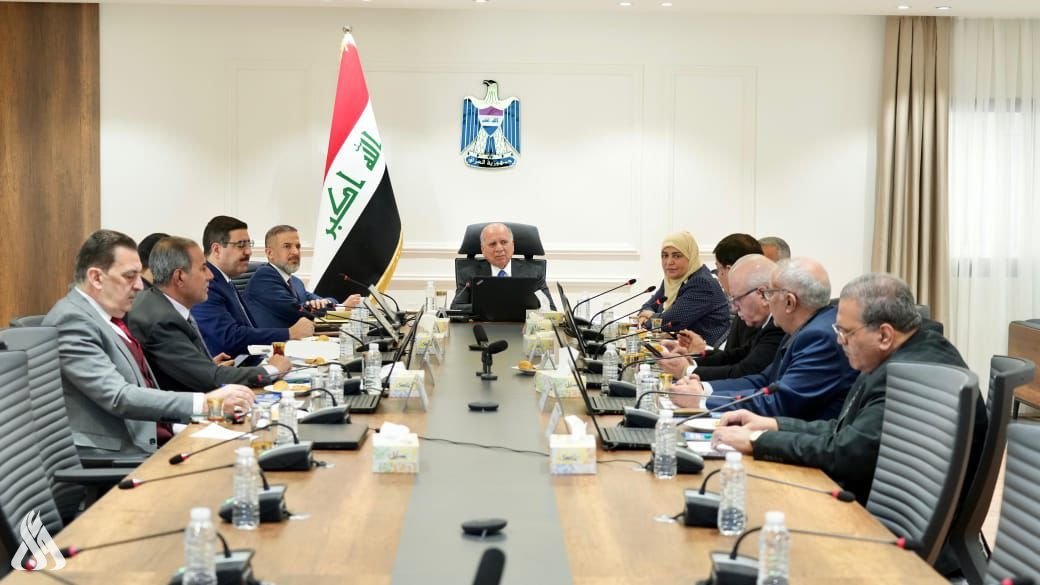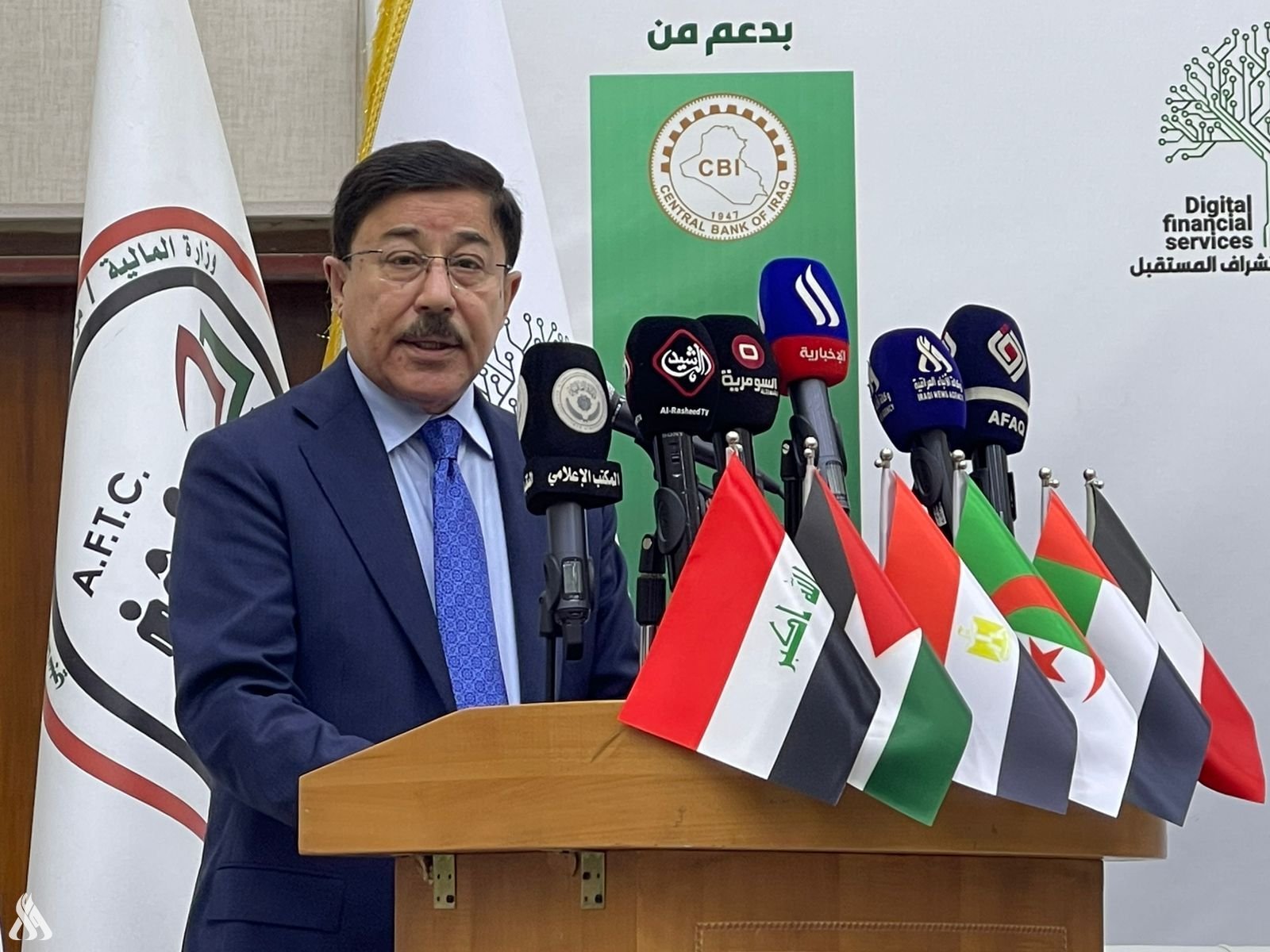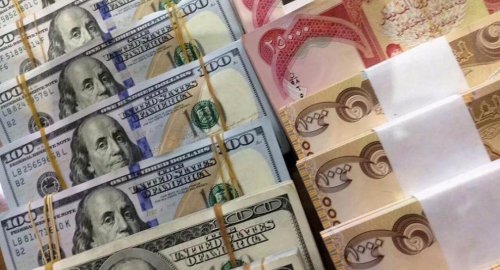
An official statistic reveals size of central bank's reserves and internal debt

- 24-04-2022, 11:04
BAGHDAD-INA
Financial advisor to the Prime Minister, Mizher Muhammad Salih, explained the monetary policy of the Central Bank of Iraq, and revealed the contents of two basic pillars of this policy to address crises, and he also revealed the size of the foreign reserves of the Central Bank and the internal debt.
He added, "The two pillars of this policy are: credit easing and granting the monetary market with sufficient liquidity through the continuous initiatives of the Central Bank, and the other is quantitative easing policies to support macroeconomic liquidity in general by moving secondary market operations with calculated, accurate and successful ranges that saved the national economy in the most severe economic conditions."
He pointed out that "the first crisis that our country was subjected to in the years 2014-2017 was a serious double crisis, financial and security at the same time, as energy markets and Iraq's financial revenues from exported oil deteriorated between these years.
He continued, "While the second double crisis came between 2020-2021, it represented a serious deterioration in Iraq's oil revenues, a frightening deficit in the current account of the balance of payments, and a more serious deficit in public finances as a result of the price war in the energy markets in the world, and the reduction in the quantities of our country's oil production to nearly less than Half under the influence of the (OPEC Plus) agreements and the deterioration of global demand for oil throughout 2020 and parts of 2021, accompanied by a stifling global health crisis represented by the Corona pandemic and the closure of the global and local economy.
And he added, "Under these compelling circumstances, the monetary policy of the Central Bank of Iraq, with accuracy and with calculated and successful steps, led the process of building the foundations for maximizing the liquidity of the national economy, whether by proceeding with the Central Bank's initiative in revitalizing the real sector with soft loans in which the grant element increased," noting that "those loans approached about about 13 trillion dinars to push the activity of the national market and operate the labor market and the business of private activity forward, in addition to supporting government liquidity and attributing the effectiveness of the government economy and public finance without stopping, by deducting government treasury transfers, which constituted about 67% of the total debts of the Ministry of Internal Finance or the internal public debt borne by the bank The central bank out of the total internal debt balance, which stands today at about 72 trillion dinars.
He pointed out that "the Central Bank of Iraq is an independent authority under its amended Law No. 56 of 2004, and it is the one who draws monetary policy itself without the interference of any party, and it is the best known and most capable of managing its stability and development policy based on the articles of the Constitution of the Republic of Iraq."
Al-Ameri visits the border strip in the Al-Qaim area
- Security
- 01:50
Oil prices set for weekly gain on China expectations
- Economy
- 12:04
US Central Command: We killed ISIS terrorist leader Abu Yusuf in Syria
- International
- 24/12/20
7 ISIS elements arrested in Kirkuk
- Security
- 24/12/20

